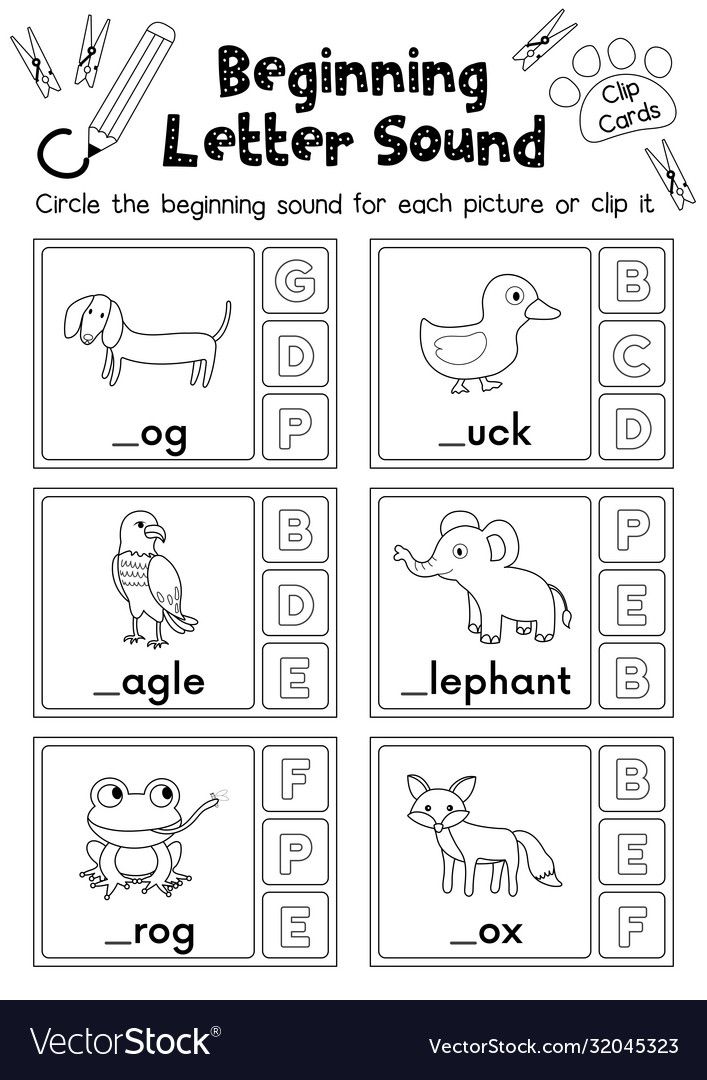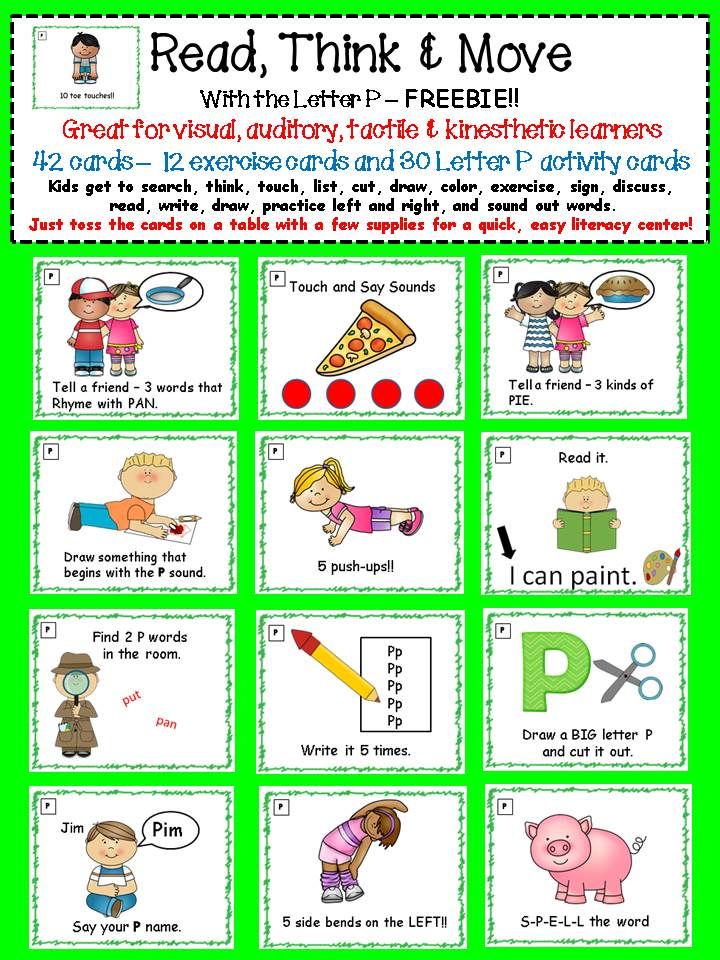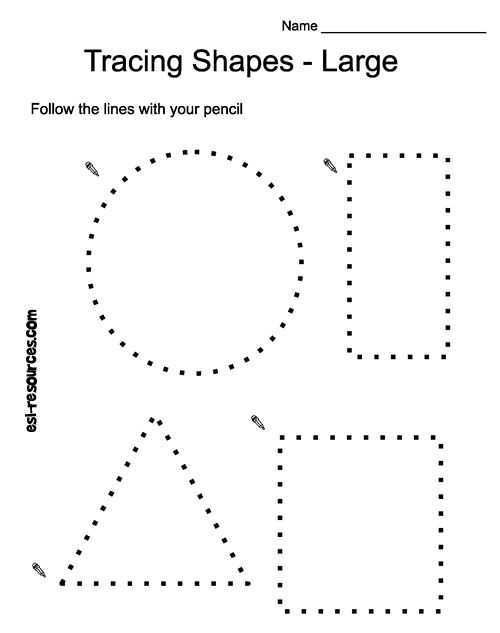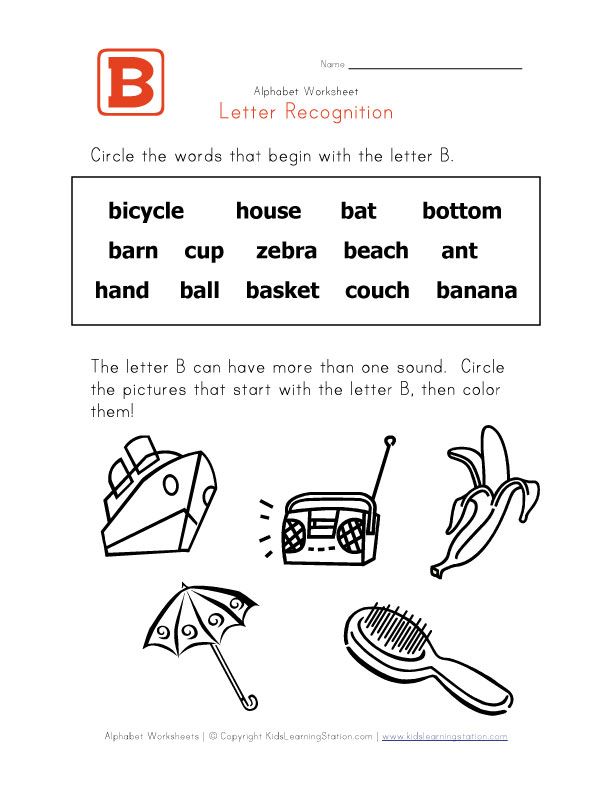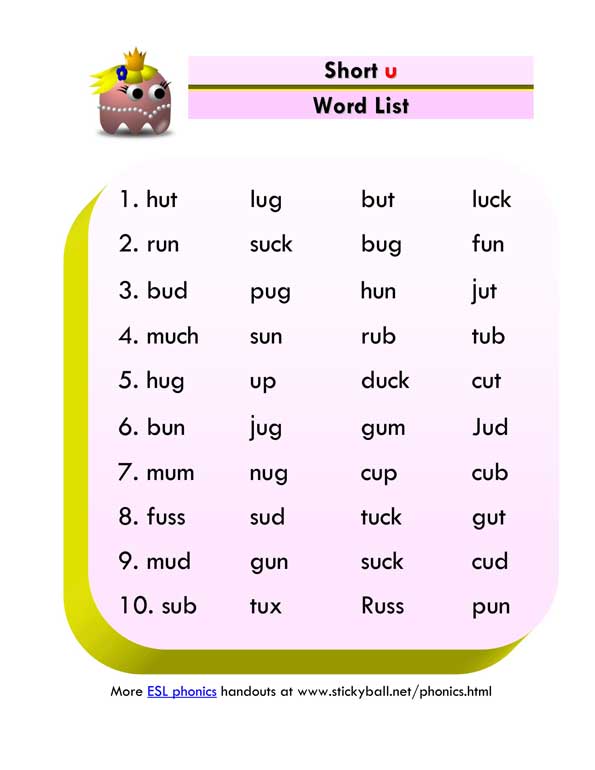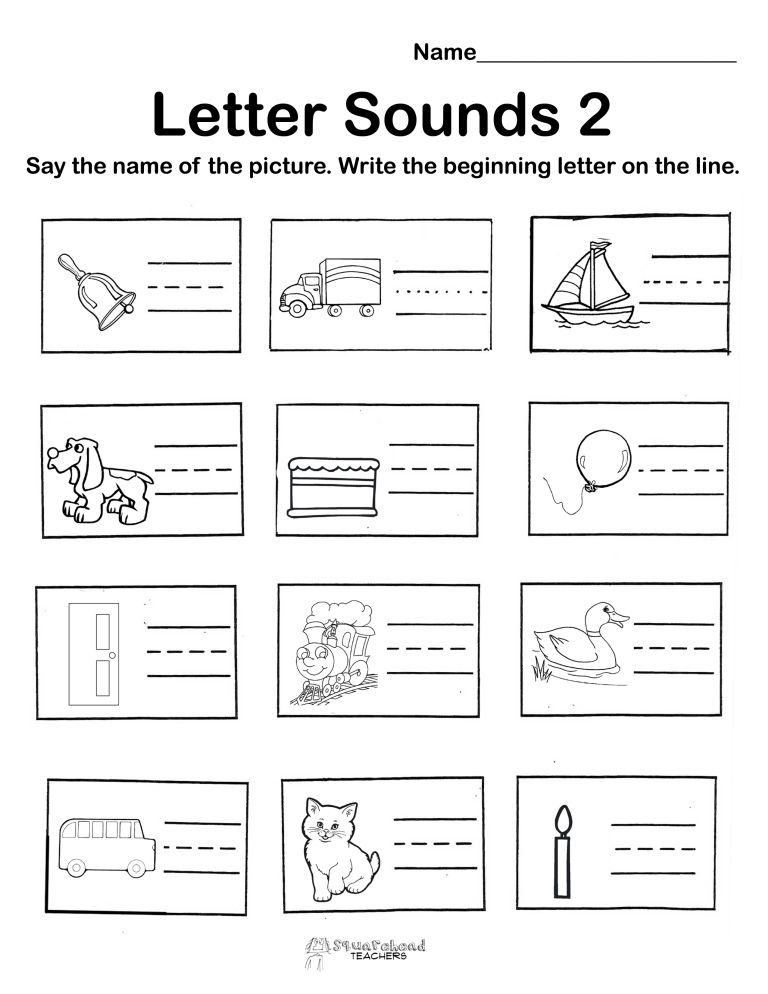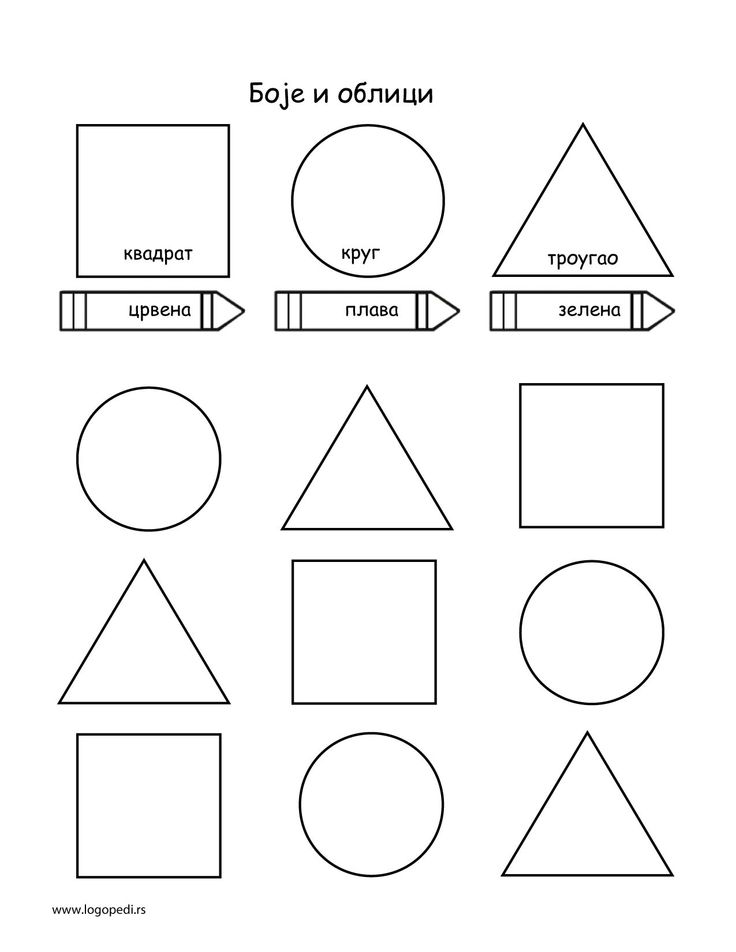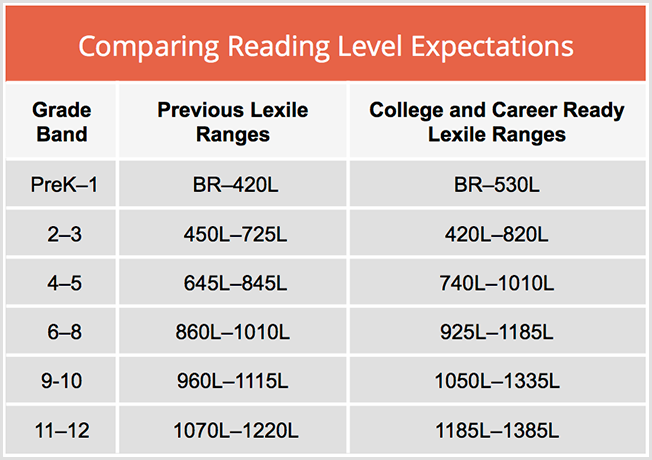Free letter sound games
Free Online Games for Letter Sounds
A variety of free online games that can help children learn the letter sounds in a fun and engaging way.
Disclaimer: We support the upkeep of this site with advertisements and affiliate links. We may earn a small commission if you click on the ads or links or make a purchase. There is no additional cost to you if you choose to do this.
This activity from Crickweb develops the link between letters and the initial sounds of some common objects. This helps with letter recognition and phonemic awareness.
Students click on the picture that starts with the sound represented by the letter shown. You can choose several groups of letters and some digraphs by selecting the different levels at the start of the game.
Click on the image above to access the game in a new tab.
This simple game involves clicking and dragging the displayed letter towards the relevant picture. All the letters are printed as capitals so it wouldn’t be as useful for children who haven’t learned upper case letters.
Letters float underneath bubbles in this game and the child needs to click on the bubbles for the narrated letter sound to pop them. There are different sets of letters you can choose from as you can see from the screen shot above.
Click on the images above to access the game in a new tab.
In this game, the narrator says a letter sound and the student has to click on the letters that represent that sound.
Sometimes, more than one letter or letter combination can give the correct answer. For example, ‘c’, ‘k’ and ‘ck’ all represent the same sound.
The game is simple but effective and letter-sound correspondences can be chosen from each phase of the UK phonics curriculum.
Click on the image above to access the ‘Find the Phonics Sound’ Game.
The student has to click on the duck with the letter that represents a spoken sound in this game. The ducks quack and swim away when the correct letters are chosen and kids enjoy this.
To access this game you will need to register with the Literactive site (it’s free). Once you’ve done that, click on the activities tab at the top then on the Level 1 link in the left hand margin. You should be able to locate the Rubber Ducks game and several other activities.
Children have to figure out which word ends in a different letter in this activity. The words are spoken so it also helps kids match the letters to the sounds.
To access this game you will need to register with the Literactive site (it’s free). Once you’ve done that, click on the activities tab at the top then on the Level 2 link in the left hand margin. You should be able to locate the Flying Kites game and several other activities.
In this game, children sort letters into groups based on their final letter. Each word is spoken when it’s clicked on so they can also hear the sounds.
To access this game you will need to register with the Literactive site (it’s free). Once you’ve done that, click on the activities tab at the top then on the Level 2 link in the left hand margin. You should be able to locate the Garden Leaves game and several other activities.
Once you’ve done that, click on the activities tab at the top then on the Level 2 link in the left hand margin. You should be able to locate the Garden Leaves game and several other activities.
Children identify the word with a different middle letter in this activity.
To access this game you will need to register with the Literactive site (it’s free). Once you’ve done that, click on the activities tab at the top then on the Level 3 link in the left hand margin. You should be able to locate the Laying Hens game and several other activities.
The Teach Your Monster to Read site provides free access to a series of award winning phonics and reading games with increasing levels of difficulty.
In addition to the main games, they also have a variety of other activities including Digital Flashcards and Monster minigames.
The Digital Flashcards activity sounds out each grapheme when you hover over it with your mouse.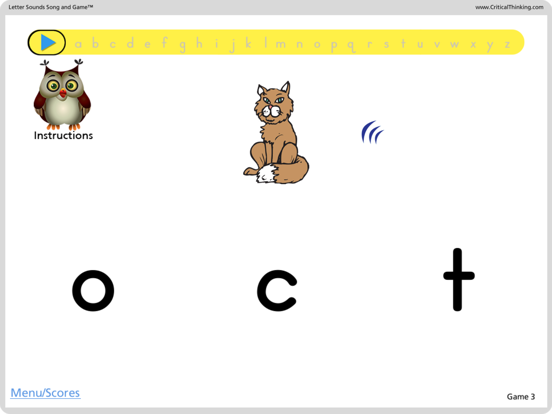
If you click on the tick in the bottom right of the screen, it then introduces each grapheme individually.
You can ask your child to say the sound then click on the tick if they get it correct, or click the speaker symbol to hear the sound again.
Friendly monsters appear every time a new grapheme is shown.
Click on this link to access the Digital Flashcards and to read more about using them.
NOTE: The flashcards are for use on an interactive whiteboard or computer only (not compatible on tablet or smartphone).
The Monster Minigames include a series of activities that can help children learn letter-sound correspondences. You can select minigames for any of the following graphemes:
s, a, t, p, i, n, m, d, g, o, c, k, ck, e, u, r, h, b, f, ff, l, ll, ss, j, qu, v, w, x, y, z, zz, ch, sh, th, th, ng, ai, ee, igh, oa, oo, oo, ar, or, ur, ow, oi, ear, air, ure, er
In this game, the student has to herd all of the sheep into the pen with the letter that represents the correct sound.
This game is similar to the sheep herding game described above except the monster moves ducks into the pond with the letter that represents the correct sound.
In this fast-paced game, you have to get the monster to collect flowers and the flowers tell it which letter sign to follow.
This game is similar to the one described above except the monster has to collect balloons instead of flowers.
In this game, the monster in the spaceship has to collect and stack blocks with the correct sound.
This game has a similar format to the one described above except the monster is in a submarine and there are also jelly fish.
The Teach Your Monster to Read site also has a series of phonics songs to help with teaching letter-sound correspondences.
Students have to identify digraphs in this activity rather than individual letters so it’s not suitable for absolute beginners.
However, the game has a fairly basic format and would be fine for children who have just been introduced to these digraphs as the words are written as well as spoken.
Click on the following link to access the Letter Planet game in a new tab.
Sound Sayer ict games
Choose a phonics phase and a letter or digraph and the pencil will write it out for you. You can then click to hear the sound said individually or in a group of words. Click on the image or the following link to access the sound sayer game.
Further Resources:Another way to access free online games and activities is to register with some of the specialist reading programmes that offer free trials.
For example:
Parents and teachers can register for a 30-day free trial with Reading Eggs. This allows you to access over 500 highly interactive games and fun animations for developing Phonemic awareness, Phonics, Fluency, Vocabulary and Comprehension.
A 30-day free trial is also available from ABCmouse.com. This is a leading online educational website for children ages 2–8.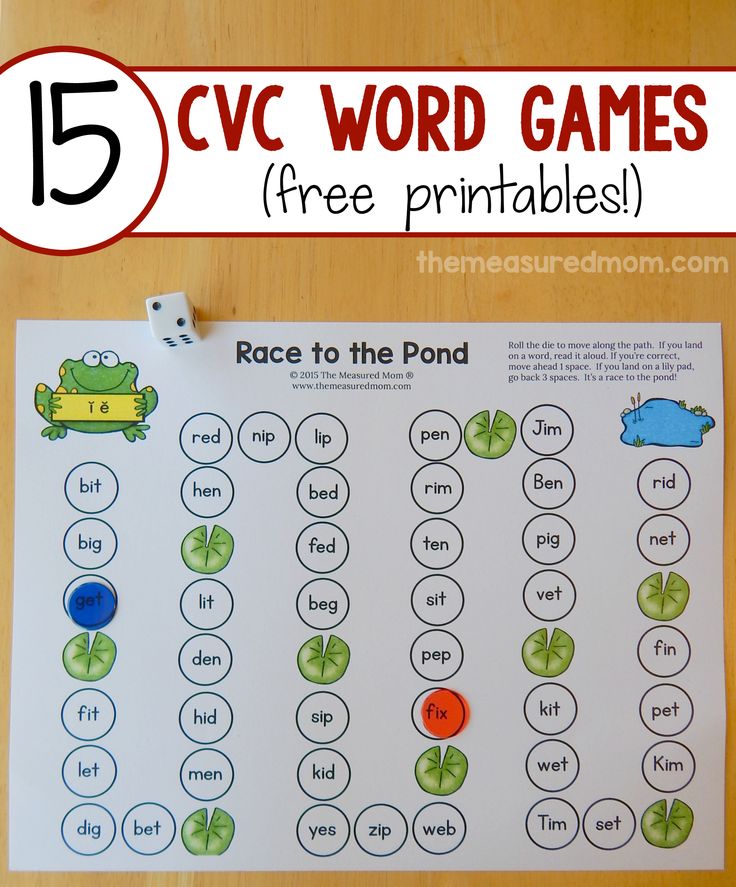 With more than 9,000 interactive learning activities that teach reading, math, science, art, music, and more.
With more than 9,000 interactive learning activities that teach reading, math, science, art, music, and more.
Although it’s not quite free, you can get a 30-day trial with the award-winning Hooked on Phonics programme for just $1.
IXL Learning cover 8000 skills in 5 subjects including phonics and reading comprehension. You can click on the following link to access a 7-day free trial if you live in the US.
If you live outside of the US you can get 20% off a month’s subscription if you click on the ad. below:
Letter Sounds Games for Kids Online
Learning Letter Sounds Games OnlineChildren who have learned to read and spell fluently have a strong foundation for their literacy journey. You can catch an avid reader or speller early on if you focus on how they pick up letter sounds.
Letter sounds are usually introduced in preschool. Your child will continue to build on them as he or she grows.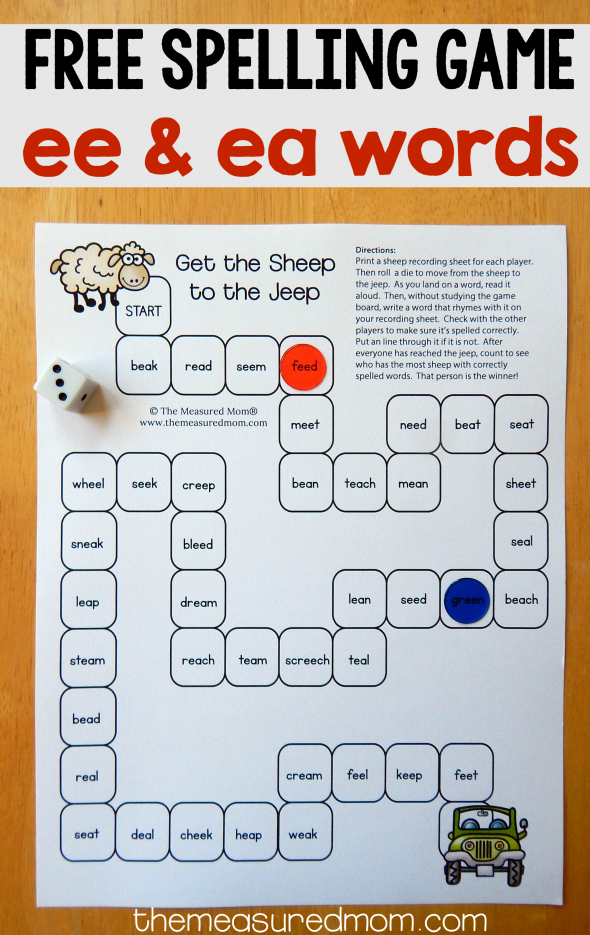 Learning can be difficult, tedious, and boring, but you can put the fun into it by using online letter sound games for kids that will keep your child engaged for hours. In time, your child will be familiar with phonetic sounds and great at recalling concepts.
Learning can be difficult, tedious, and boring, but you can put the fun into it by using online letter sound games for kids that will keep your child engaged for hours. In time, your child will be familiar with phonetic sounds and great at recalling concepts.
Learning letter sounds games online include letter sound A games, letter sound B games, letter sound C games, all the way upto letter sound Z games. With these games, your little one can practice all the letter sounds from A to Z.
Other ELA games you can explore are: reading games, writing games, phonics games, sight words games, letter tracing games, etc.
How do we introduce letter sounds to kids?Teaching letter sounds can be tricky. Children often get confused and can sometimes take a long time to learn this concept. This can be avoided if a strong letter and sound relationship is created at the beginning. This is the most critical step in helping children learn quickly and easily. Here are some things you can do to bring about a better letter-sound understanding:
Pick the familiar sounds first.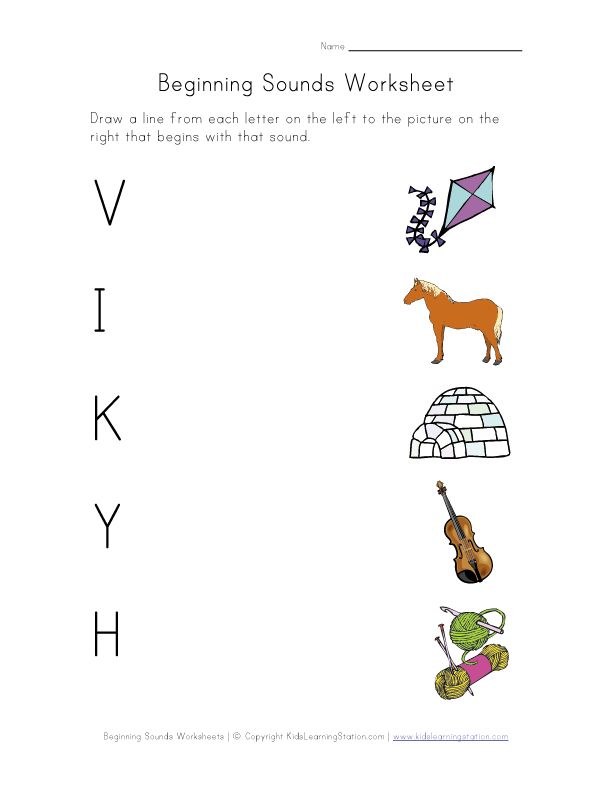
While teaching letter sounds, always encourage visual connections with the letter, both big and small.
Use music and songs to teach sounds.
Online letter sound games for kids can be used to teach letter sounds with ease and fun.
How can we make letter sounds fun for kids?Interactive letter sound games make learning and practicing letter sounds fun and engaging. They use lovely characters, exciting backdrops, brilliant audios and bright visuals to make practicing letter sounds an enjoyable process.
How can games help in better understanding of letter sounds?Children need a lot of exposure to sounds and words to become comfortable with them and games on letter sounds help kids achieve that exposure smoothly. They help kids to learn the sound of the alphabet and also be able to associate it with different words that contain the sound.
FAQs1. How do you practice letter sounds for kids?Interactive letter sound games for kids provide a holistic learning environment for children. Sounds require an auditory learning process. These games include fun visuals, rhymes and even songs that help kids build the necessary skills needed to practice letter sounds.
Sounds require an auditory learning process. These games include fun visuals, rhymes and even songs that help kids build the necessary skills needed to practice letter sounds.
Letter sounds games online help teach the concept of letter sounds beautifully. They don’t go too fast or introduce new letters until your child is ready. The more practice and comfort your child achieves, the clearer the concept becomes. These games allow children to read and form associations quickly and effortlessly.
3. How can I help my child understand letter sounds?Online letter sound games help kids to trace the letters, identify their sounds distinctively and practice words starting and ending with that letter. They polish their ELA skills and help them to master the language arts at their own pace.
4. How can kids play games on letter sounds?Educate your child using letter sound games and help introduce your child to the world of phonetics.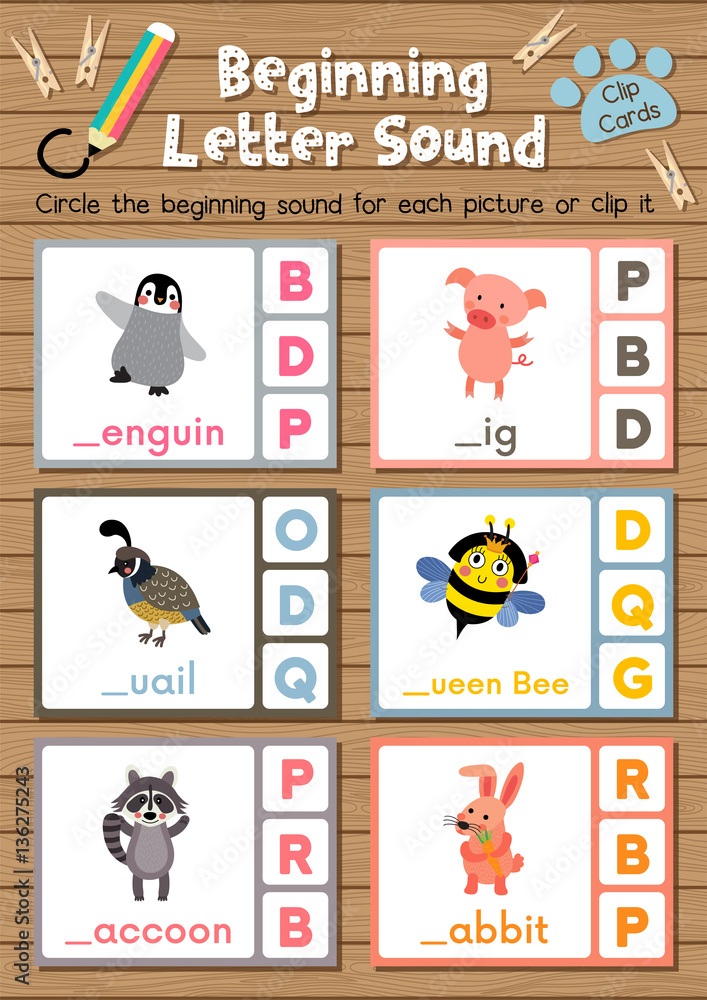 Keep the enthusiastic learner in your child alive by using the best online games available on various apps and websites.
Keep the enthusiastic learner in your child alive by using the best online games available on various apps and websites.
Some letter sound activities for kids are:
Reading recall: Pick any one sound for the day. Start with common vowel sounds like ‘s’, ‘r’, or ‘t’. Say the sound out loud, and get your child to say it too. Read out sentences where the letter is recurring. Ask your child to clap, growl, or jump each time they hear the sound. This is a great attention-building and recognition activity.
No more sound: This is a fun activity that can be practiced when your child has learned a few sounds. Draw a series of pictures on a board and give your child a duster. Now call out a sound, and ask your child to erase all the words that begin with the sound. This may take some practice, but it’s a great way to build a connection between letter sounds and words.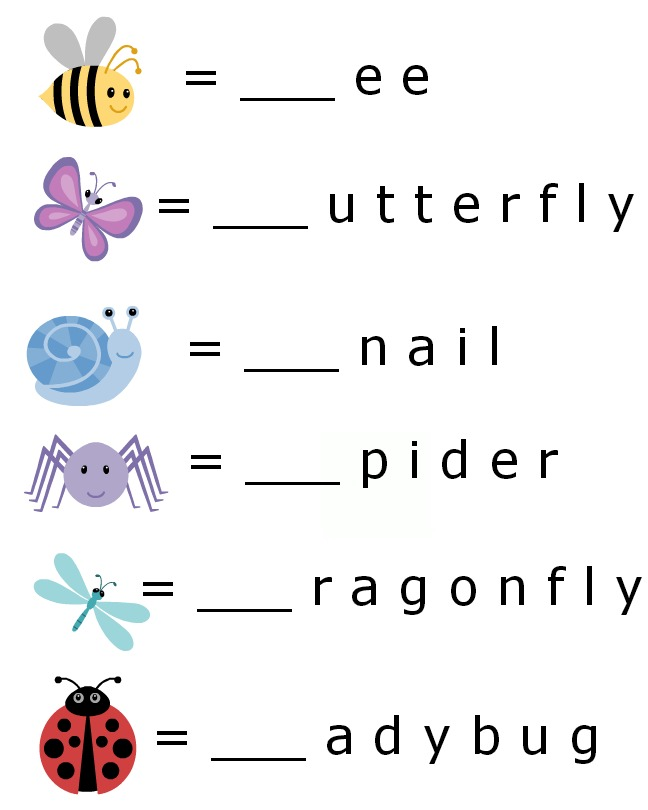
Try SplashLearn for Free
From sound to letter | Educational games Mercibo
Screenshots of
- Description of
- Game blocks
- For whom
- Games
All categories
Description
"From sound to letter" - interactive games for the initial stage of learning to read.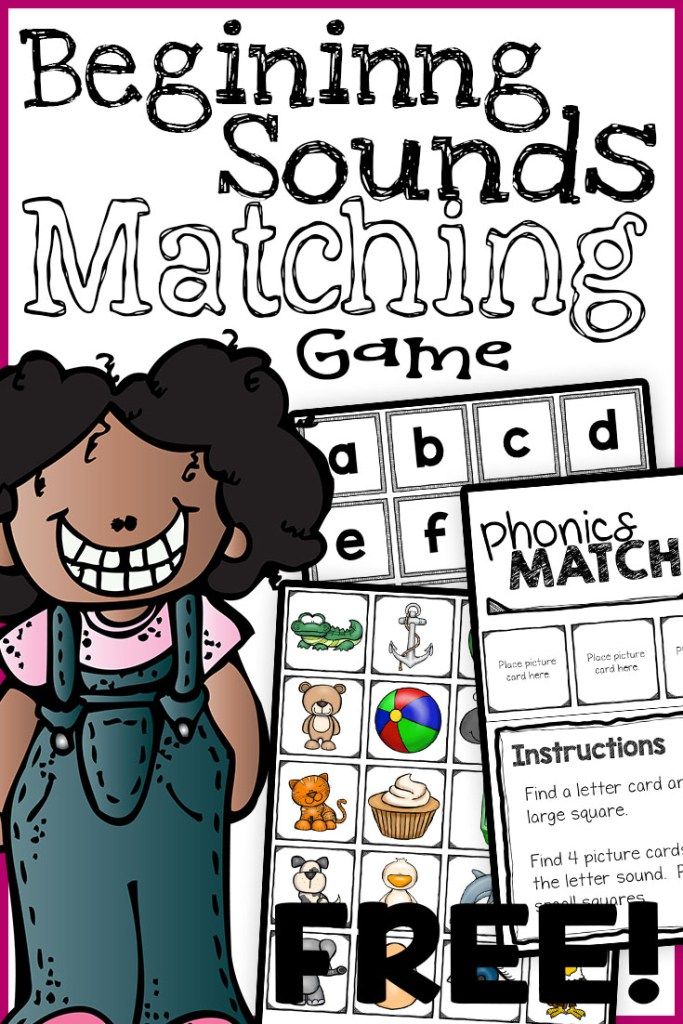 Games will help you get acquainted with letters and sounds, master reading by syllables and develop the skill of sound analysis of words.
Games will help you get acquainted with letters and sounds, master reading by syllables and develop the skill of sound analysis of words.
This is the first flash drive in the Read-Through series. This series contains flash drives with games for learning to read according to the classical method, adapted to the characteristics of modern children.
Adaptation for the child
The difficulty of the games can be varied depending on the child's developmental level.
Motivation of the child
Tasks are made in a playful way, which helps to interest the child and captivate him with reading.
Game blocks
Games divided into 5 blocks
- Visual image of the letter . In games, the child finds the given letters, looks for errors in them and trains visual memory.
- Correlation of sound and letter . Games for training the skill of quick recognition and naming of letters.
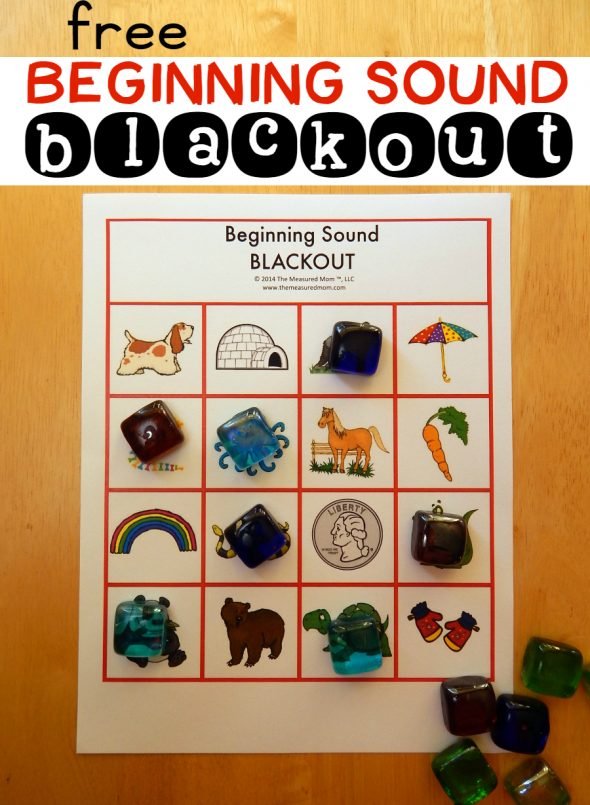
- Formation of a syllable . Games help explain how a syllable is formed and work out the technique of adding syllables.
- Alphabet . Alphabet memorization game.
- Phonetics . Games for mastering the first stage of sound-letter analysis.
For whom
For which professionals
- caregivers,
- teachers,
- speech therapists,
- defectologists.
For what activities
- individual and group lessons,
- with children from 4 years old.
Specifications
For classes you will need a computer running Windows 8 or higher operating system.
Games
ABC for boys
Choosing a letter of the alphabet, the child gets acquainted with the rhyme, learns it and memorizes the chosen letter.
Rescue of the Princess
Select paired letters with a mouse click.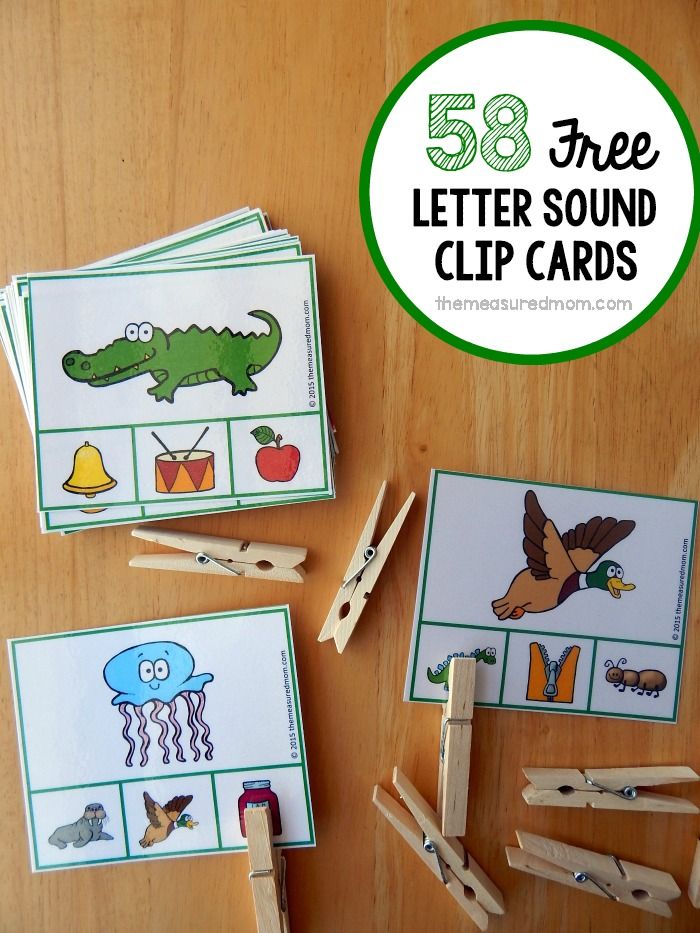
Letter Eating Frog
Frog eats only the “correct” letters. The wrong ones make her stomach hurt. You can correct a letter by clicking on it. The flight speed of the letters is adjustable in the settings.
Secret safe
The letters are matched to the symbols on the left and then typed on the keyboard and inserted into the word box.
Poor Whelpling
Whelping must arrange sounds into chests with letters written on them. Hearing a sound, he “grabs a cloud” and transfers it to the desired chest.
Balloons
The child needs to listen to the spoken sound, repeat it and click on the balloons with the corresponding letter. In the settings, you can choose the type of pronunciation of letters.
All guests to us
Listening to the names of the letters, you have to click on them.
Hello letter
Various letters appear on the screen. The task of the child is at his own pace, but as quickly as possible, to name the letters that appear and click on them.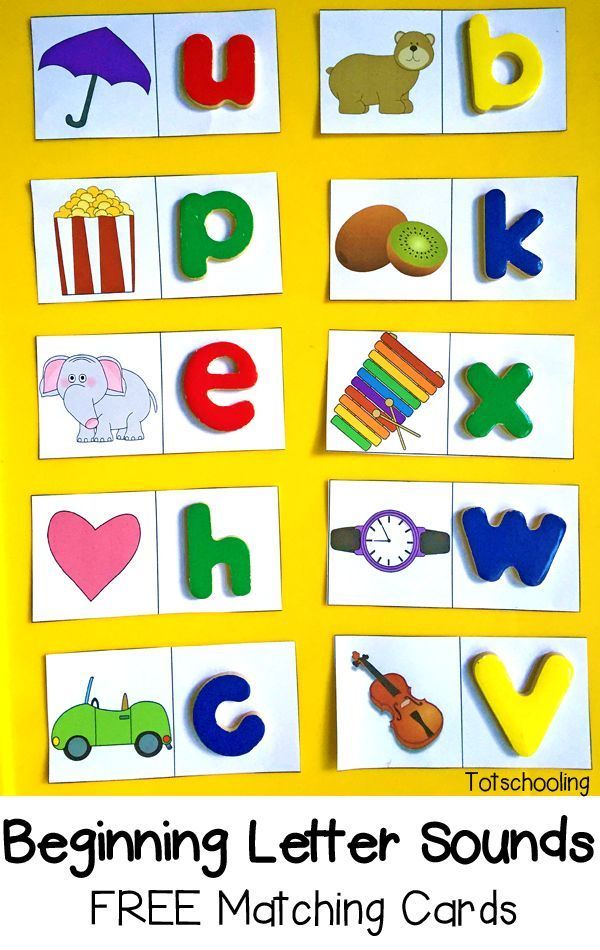
My name
The characters on the screen say their names. You need to select the ball with the first letter in the name of the boy or girl and drag the ball to the corresponding hero.
Butterfly alarm clock
The screen shows two halves of an acorn. It is necessary to "pull" the vowel half from the left to the right half of the acorn, "singing" the vowel, then adding a consonant.
On the bench
Letters sit on the edges of the “friendship bench”. You have to click on them and listen to how they sound. Then click on the center of the bench so that the letters are combined into a syllable and read it. By clicking the "Repeat" button, you can separate the letters and read the syllable again.
Car puzzles
First or last sound is selected in the settings. The child sees the picture and says the word. The player's task is to choose one of the four letters that corresponds to the task.
All games ↓
Games and exercises for the development of phonemic hearing and perception
Games and exercises for the development of phonemic hearing and perception
The basic prerequisite for mastering writing is a developed phonemic hearing. Phonemic hearing, the main component of speech perception, is understood as the ability of a person to hear and distinguish between individual phonemes, or sounds in a word, to determine the presence of a sound in a word, their number and sequence. Thus, a child entering school must be able to distinguish individual sounds in a word. For example, if you ask him if there is a sound [m] in the word "lamp", then he must answer in the affirmative.
Phonemic hearing, the main component of speech perception, is understood as the ability of a person to hear and distinguish between individual phonemes, or sounds in a word, to determine the presence of a sound in a word, their number and sequence. Thus, a child entering school must be able to distinguish individual sounds in a word. For example, if you ask him if there is a sound [m] in the word "lamp", then he must answer in the affirmative.
Why does a child need a good phonemic ear? This is due to the method of teaching reading that exists today at school, based on the sound analysis of the word. It helps us to distinguish between words and forms of words that are similar in sound, and to correctly understand the meaning of what is said. The development of phonemic hearing in children is the key to successful learning to read and write, and in the future - to foreign languages.
By the age of five, children are able to determine by ear the presence or absence of a particular sound in a word, they can independently select words for given sounds, if, of course, preliminary work was carried out with them.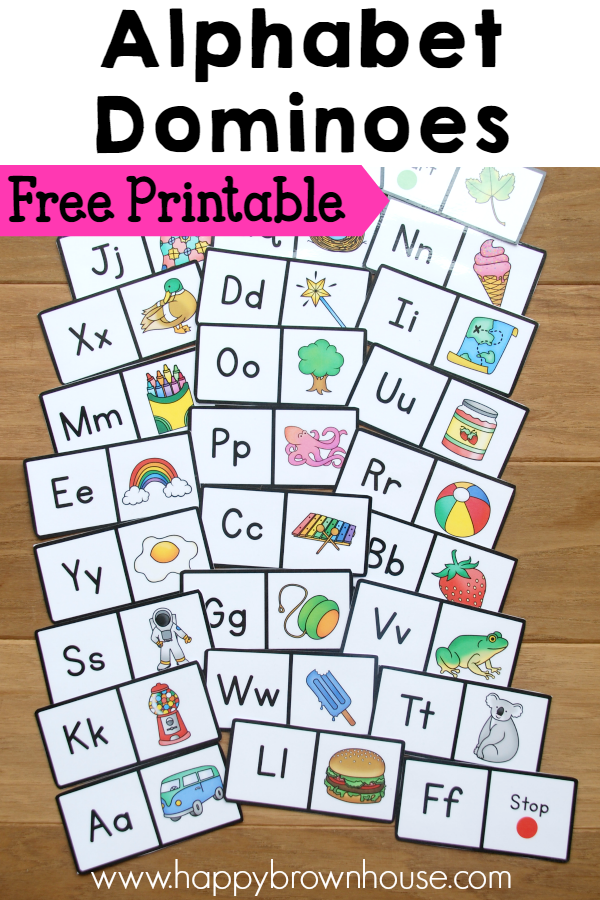
How can phonemic awareness be developed in a child? The best way to do this is in the game. Many games for the development of phonemic processes are of a combined nature, which is expressed not only in the enrichment of the dictionary, but also in the activation of higher mental functions (memory, attention, thinking, motor skills). I bring to your attention games that allow you to teach your child to listen to the sounds of speech in an interesting way.
- Game "Catch the right sound with a clap."
Instructions: If you hear the [k] sound in a word, clap your hands. Words: [K] wounds, pestilence [K] ov, hut, boots [K].
The same with any other sounds:
Ш - cat, hat, mask, pillow; С – dog, paints, horse, socks, nose…
Р – hands, paws, Motherland, shelf, mug…; L - shovel, bark, words, pilaf ...
- Game "Come up with words for a given sound."
To begin with, it is better to give only vowel sounds (a, o, y, i) - watermelon, hoop, snail, needle, etc.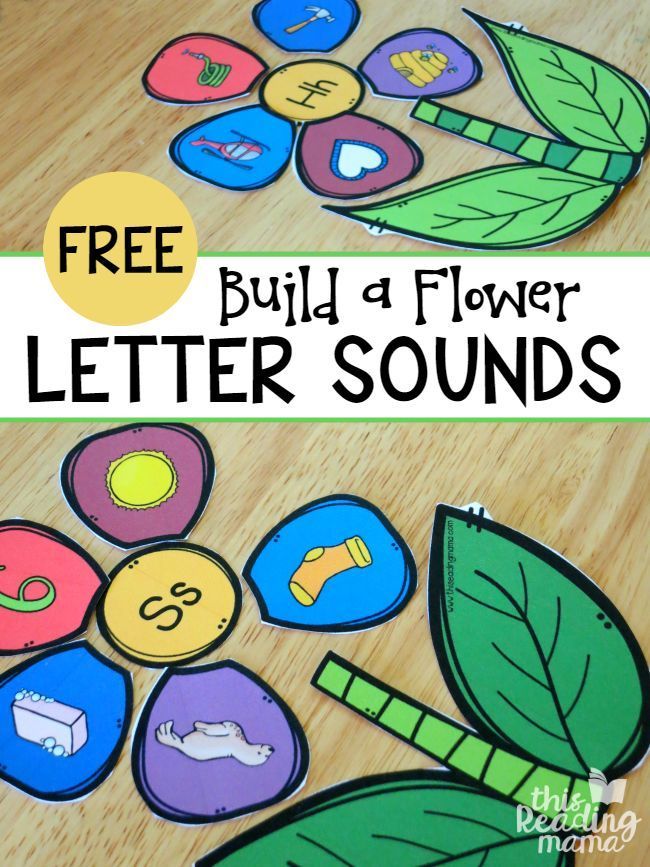
Then consonants (p, s, w, l, n, b, etc.)
- Game "Determine the place of the sound in the word."
Determine where: at the beginning, in the middle, at the end of the word we hear the sound [K] in the words: mole, carrot, fist, sock. . .
Sh - hat, cat, shower; C - sun, paste, nose; H - teapot, bump, night; U - brush, puppy, help; L - moon, shelf, chair; P - locomotive, steam, rose; P - floor, foot, stop; K - falcon, varnish, roof, etc.
- Repeating chains of syllables.
Syllables are given with different voice power, intonation. (sa-SHA-sa), (for-for-SA). Syllables can be set with any oppositional sounds, for example, s-sh, sh-zh, l-r, p-b, t-d, k-g, v-f (i.e. deaf-voiced, hard soft, whistling - hissing). Make sure that the child does not change the sequence in the chains. If it is difficult for him to repeat three syllables, give two syllables first: sa-sha, sha-sa,
sa-za, za-sa, la-ra, ra-la, sha-sha, sha-sha, etc.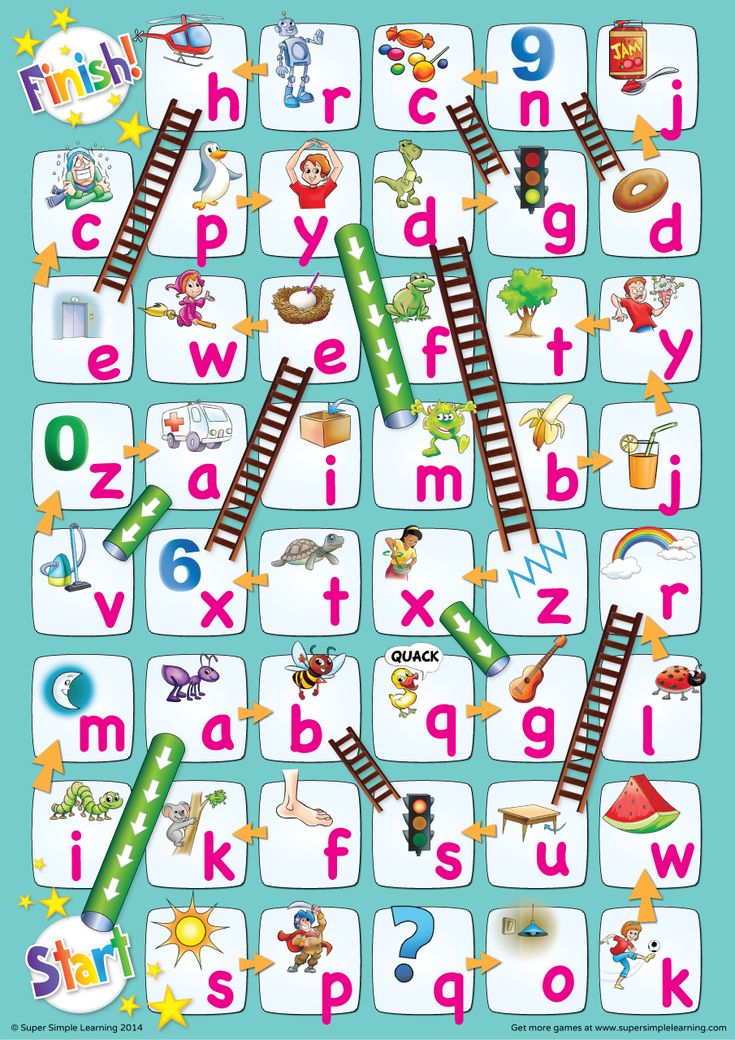 .
.
Examples of syllable chains:
Sa-za-za, za-za-sa, sa-za-sa, za-sa-za
Sa-sha-sha, sha-sha-sa, sa-sha -sa, sha-sa-sha
La-ra-ra, ra-la-la, ra-la-ra, la-ra-la
Sha-cha-sha, sha-sha-sha, sha-sha -sha, sha-sha-sha
Za-zha-zha, zha-za-za, za-zha-za, zha-za-zha (Similarly with other pairs of sounds)
- Slap syllables with sound "B" in the palms, and with the sound "P" on the knees (ba-pu-bo-po). The same with sounds, for example, s-sh, sh-zh, k-g, t-d, r-l, ch-sh, etc.
- Say the word with sound "B": duck - bow - whale; "P": bank - stick - squirrel. Those. three words are given, among which only one with a given sound.
- Game "Who is more attentive".
An adult shows the pictures and names them (it is possible without pictures). The child listens attentively and guesses what common sound is found in all the named words.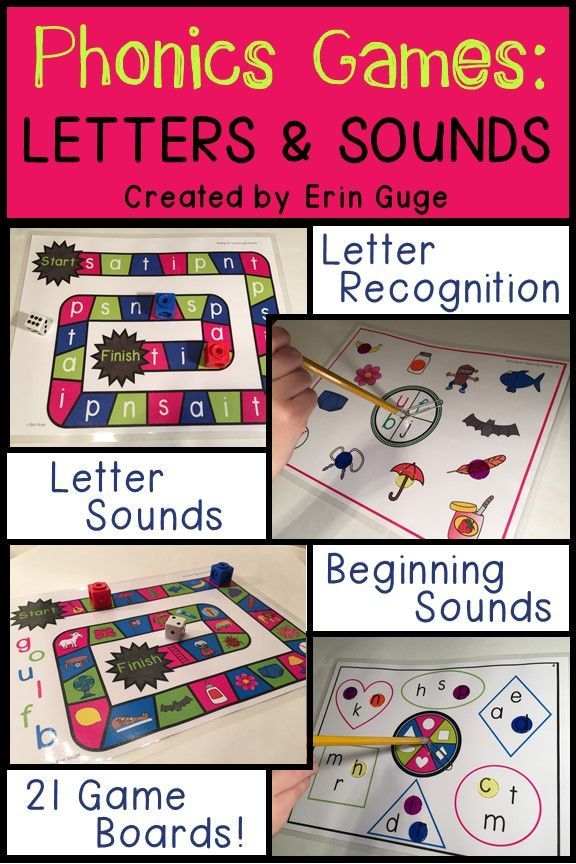
For example, in the words goat, jellyfish, rose, forget-me-not, dragonfly, the common sound is “З”. Do not forget that you need to pronounce this sound in words for a long time, highlighting it with your voice as much as possible.
- Guess the word game.
An adult pronounces a word with pauses between sounds, the child must name the whole word.
First, words of 3, 4 sounds are given, if the child copes, then it can be more difficult - from 2-3 syllables, with a confluence of consonants.
For example:
s-u-p, k-o-t, r-o-t, n-o-s, p-a-r, d-a-r, l-a-k, t- o-k, l-o-k, s-s-r, s-o-k, s-o-m, f-o-k, h-a-s
r-o-s-a, k -a-sh-a, D-a-sh-a, l-u-zh-a, sh-u-b-a, m-a-m-a, r-a-m-a, v-a -t-a, l-a-p-a, n-o-t-s, sh-a-r-s
p-a-s-t-a, l-a-p-sh-a, l-a-s-t-s, k-o-s-t, m-o-s-t, t- o-r-t, k-r-o-t, l-a-s-k-a, p-a-r-k, i-g-r-a, etc.
- Say all the sounds in the word in order.
 We start with short words, for example: HOME - d, o, m
We start with short words, for example: HOME - d, o, m - Extra Four Game
For the game you will need four pictures with the image of objects, three of which contain the given sound in the name, and one does not. The adult lays them out in front of the child and offers to determine which picture is superfluous and why. The set can be varied, for example: a cup, glasses, a cloud, a bridge; bear, bowl, dog, chalk; road, board, oak, shoes. If the child does not understand the task, then ask him leading questions, ask him to carefully listen to the sounds in the words. An adult can highlight the identified sound with his voice. As a variant of the game, you can select words with different syllabic structures (3 three-syllable words, and one two-syllable), different stressed syllables. The task helps to develop not only phonemic perception, but also attention, logical thinking.
- Throwing the ball game “One hundred questions - one hundred answers with the letter A (I, B .
 ..) - and only with this one.
..) - and only with this one.
Throw the ball to the child and ask him a question. Returning the ball to an adult, the child must answer the question so that all the words of the answer begin with a given sound, for example, with the sound [I].
Example:
-What is your name?
- Ira.
- What's your last name?
- Ivanova.
-Where did you come from?
-From Irkutsk
-What grows there?
- Fig.
- Word chain game
This game is an analogue of the well-known "cities". It consists in the fact that the next player comes up with his own word to the last sound of the word given by the previous player. A chain of words is formed: stork - plate - watermelon. Remembered?
- Game "Fix a Broken Phone"
It is best to play with three or even more people. The exercise is a modification of the famous game "Broken Phone".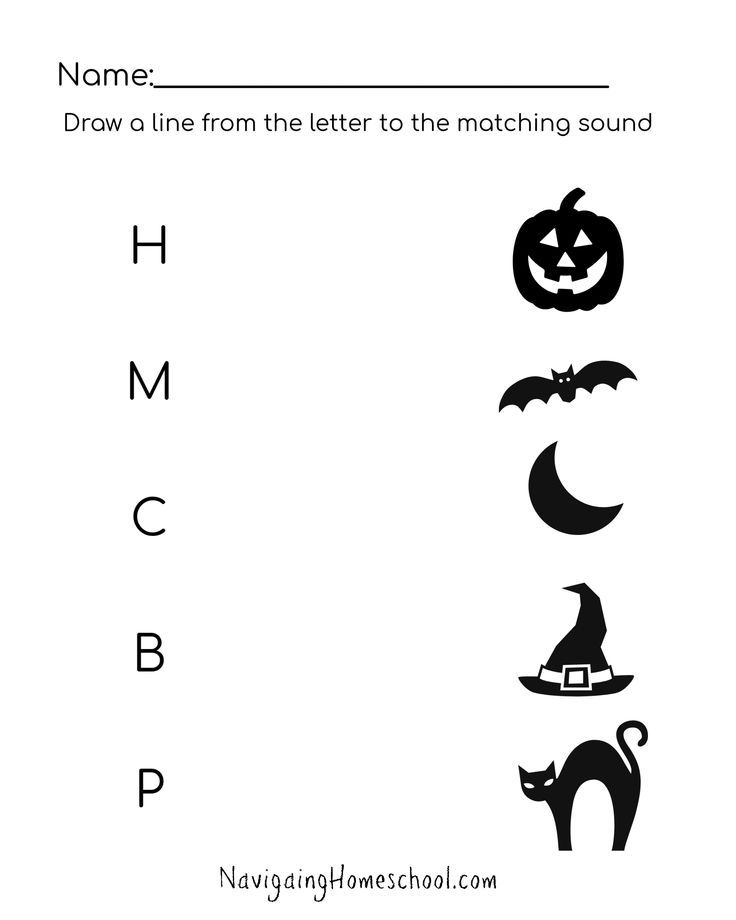 The first participant quietly and not very clearly pronounces a certain word in his neighbor's ear. He repeats what he heard in the ear of the next participant. The game continues until everyone has passed the word "on the phone".
The first participant quietly and not very clearly pronounces a certain word in his neighbor's ear. He repeats what he heard in the ear of the next participant. The game continues until everyone has passed the word "on the phone".
The last participant must say it out loud. Everyone is surprised, because, as a rule, the word is noticeably different from those transmitted by the rest of the participants. But the game doesn't end there. It is necessary to restore the first word, naming in turn all the differences that have “accumulated” as a result of a phone breakdown. An adult should carefully monitor that the differences, distortions are reproduced by the child correctly.
- Make no mistake game.
An adult shows a picture to a child and loudly and clearly calls the picture: “Vagon”. Then he explains: “I will name this picture either correctly or incorrectly, and you listen carefully. When I make a mistake, clap your hands.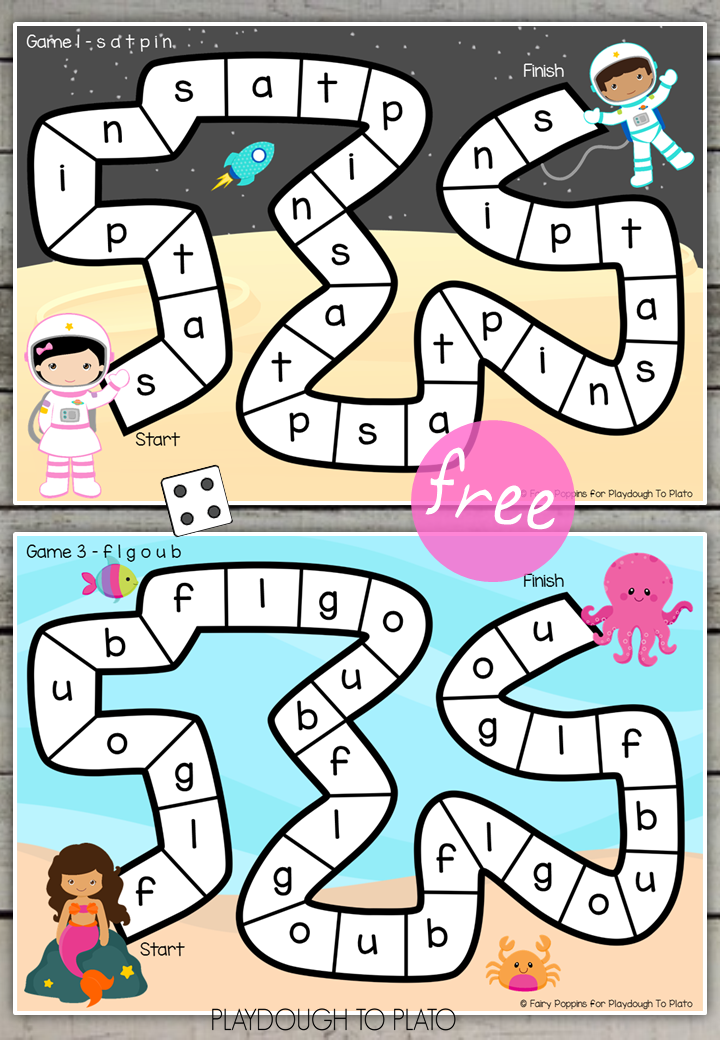 " Then he says: "Wagon - vakon - fagon - wagon." Then the adult shows the next picture or a blank sheet of paper and calls: "Paper - pumaga - tumaga - pumaka - bumaka." The game is very popular with children and is fun.
" Then he says: "Wagon - vakon - fagon - wagon." Then the adult shows the next picture or a blank sheet of paper and calls: "Paper - pumaga - tumaga - pumaka - bumaka." The game is very popular with children and is fun.
It must be emphasized that one should start with words that are simple in sound composition, and gradually move on to complex ones.
- The game “Be careful” An adult lays out pictures in front of a child, the names of which sound very similar, for example: cancer, varnish, poppy, tank, juice, bough, house, lump, scrap, catfish, goat, scythe, puddle, ski. Then he calls 3-4 words, and the child selects the corresponding pictures and arranges them in the named order (in one line or in a column - according to your instructions).
- Game “Pick up by sound ” An adult puts the following pictures in one line: lump, tank, bough, branch, ice rink, slide. Then, giving the child one picture at a time, he asks to put it under the one whose name sounds similar.
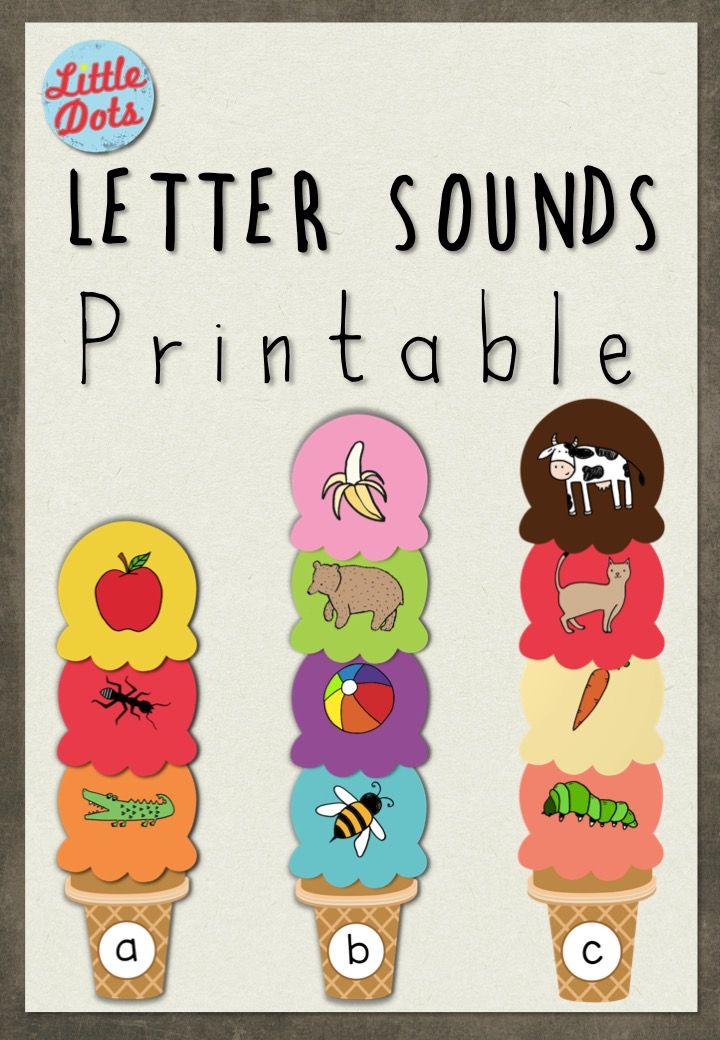 As a result, you should get approximately the following rows of pictures: clod bak bough branch skating rink slide house crayfish onion cage scarf crust catfish poppy beetle heel leaf mink scrap lacquer beech lash skein mark
As a result, you should get approximately the following rows of pictures: clod bak bough branch skating rink slide house crayfish onion cage scarf crust catfish poppy beetle heel leaf mink scrap lacquer beech lash skein mark - SHOP game
Games for the selection of sound against the background of the word.
Task: Dunno went to the store for fruit, came to the store, but forgot the name of the fruit. Help Dunno buy fruits that have the sound [l'] in their names. Subject pictures are exhibited on the typesetting canvas: apples, oranges, pears, tangerines, plums, lemons, grapes. Children select pictures that have the sound [l '] in the name.
Show your child the products you bought at the store and have him list the ones that have [R] or another sound in their names.
- Living ABC Game
Game for the development of sound discrimination
Cards of pairs of letters: 3-Zh, Ch-Ts, L-R, S-Ts, Ch-S, Sh-S, S-3, Sh-Z are laid out in front of the children on the table face up.